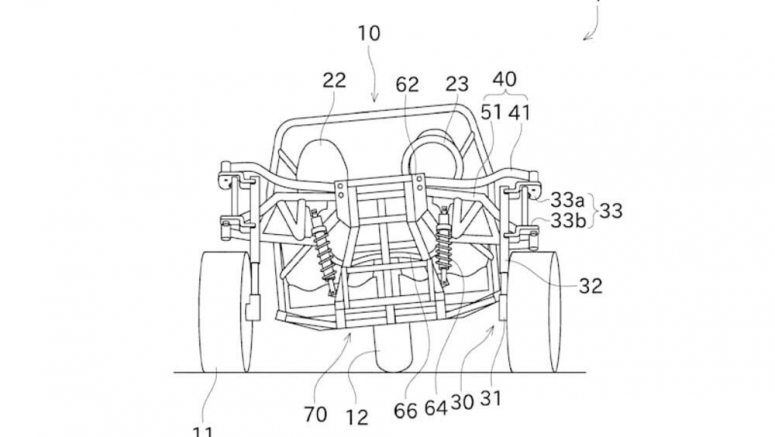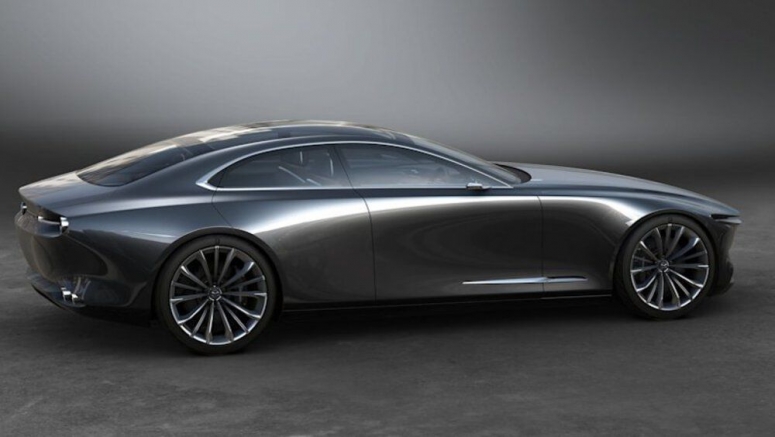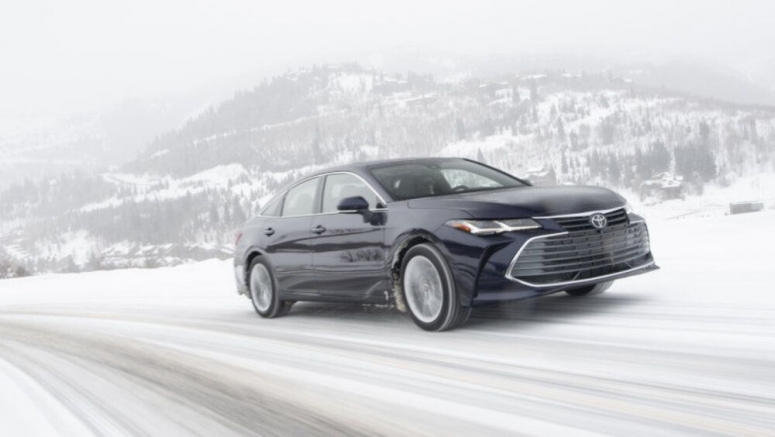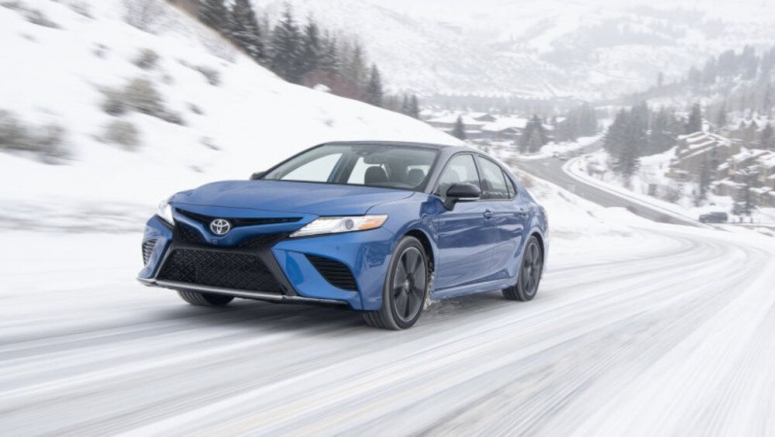Kawasaki Patent Application Describes A Three-wheel Vehicle That Leans

Kawasaki is working on a unique open-air three-wheeler with a rolling body that can lean into turns, according to a patent application published by the European Patent Office and discovered by Motorcycle.com.
Like the three-wheeled Polaris Slingshot — which just got an update including a more powerful engine — it seats two people in a side-by-side layout, but it has some key differences. Most notable is the ability to tilt inward into the turning direction, which the applicant says makes it "possible to realize a favorable driving feeling similar to that of a motorcycle or the like." And that's the whole point: to counteract the centrifugal forces that normally push the driver away from the cornering side.
- Published in Auto Moto
- Read more...




